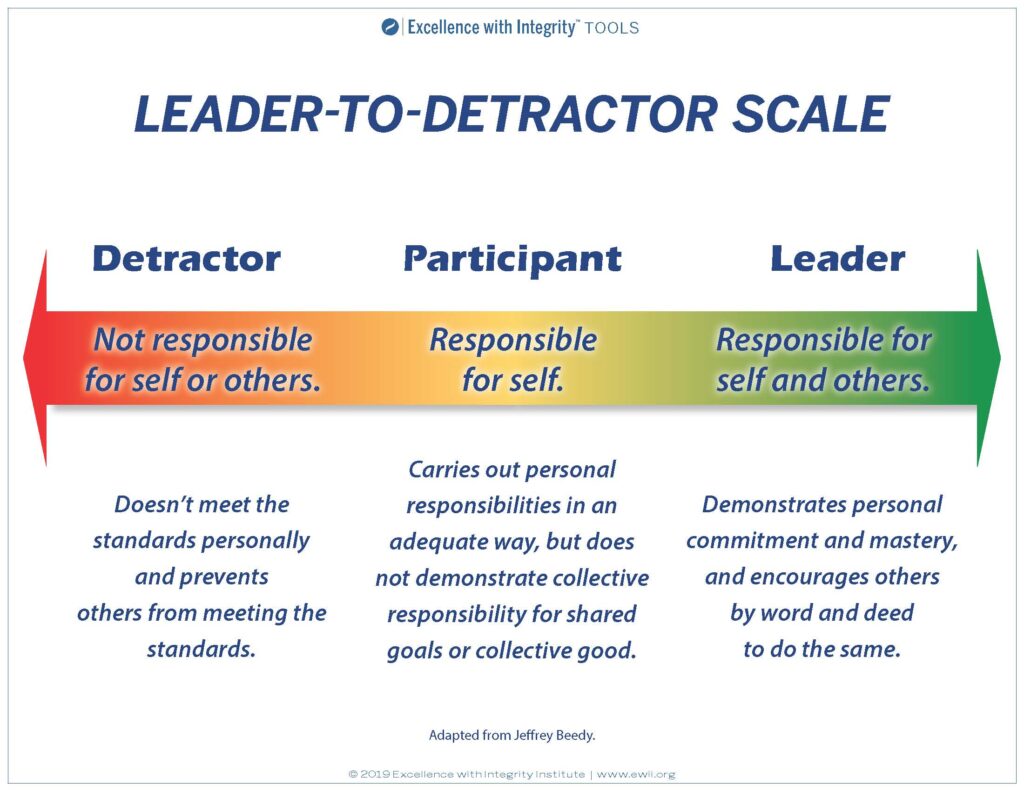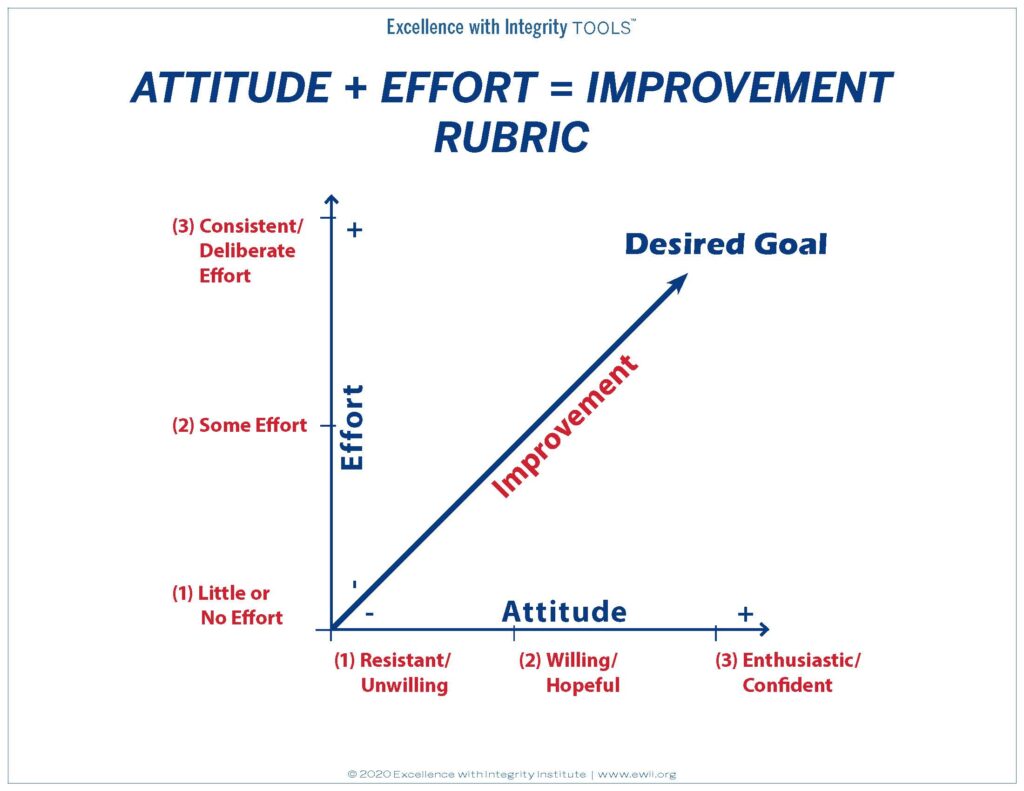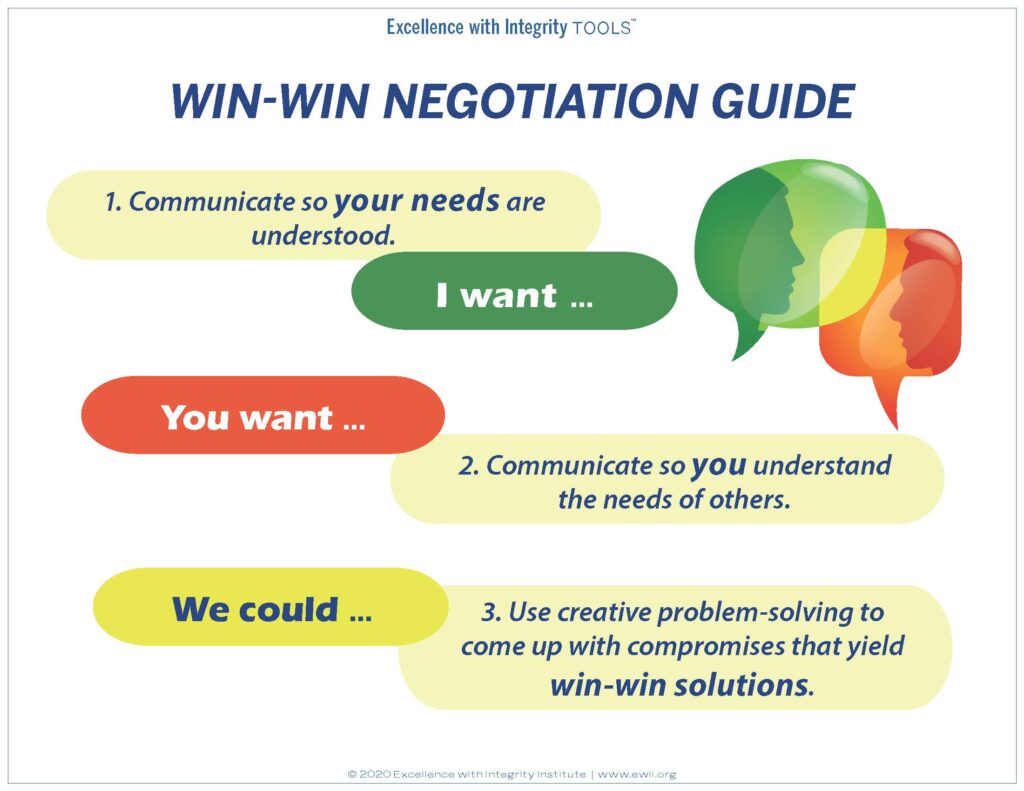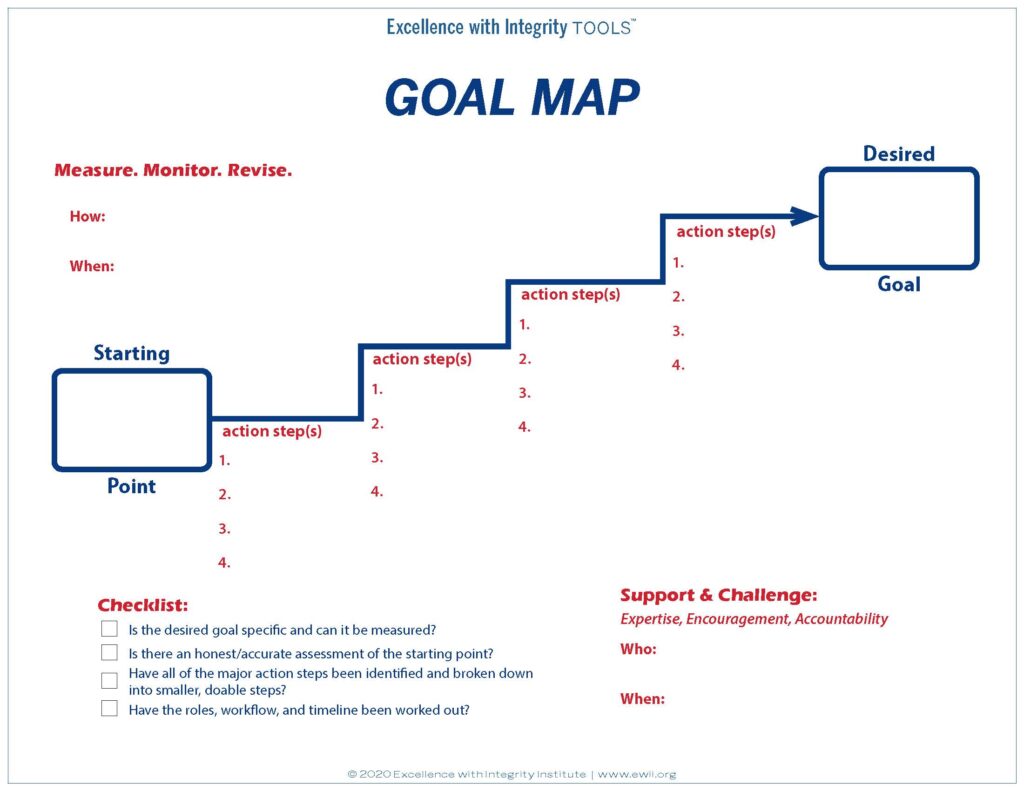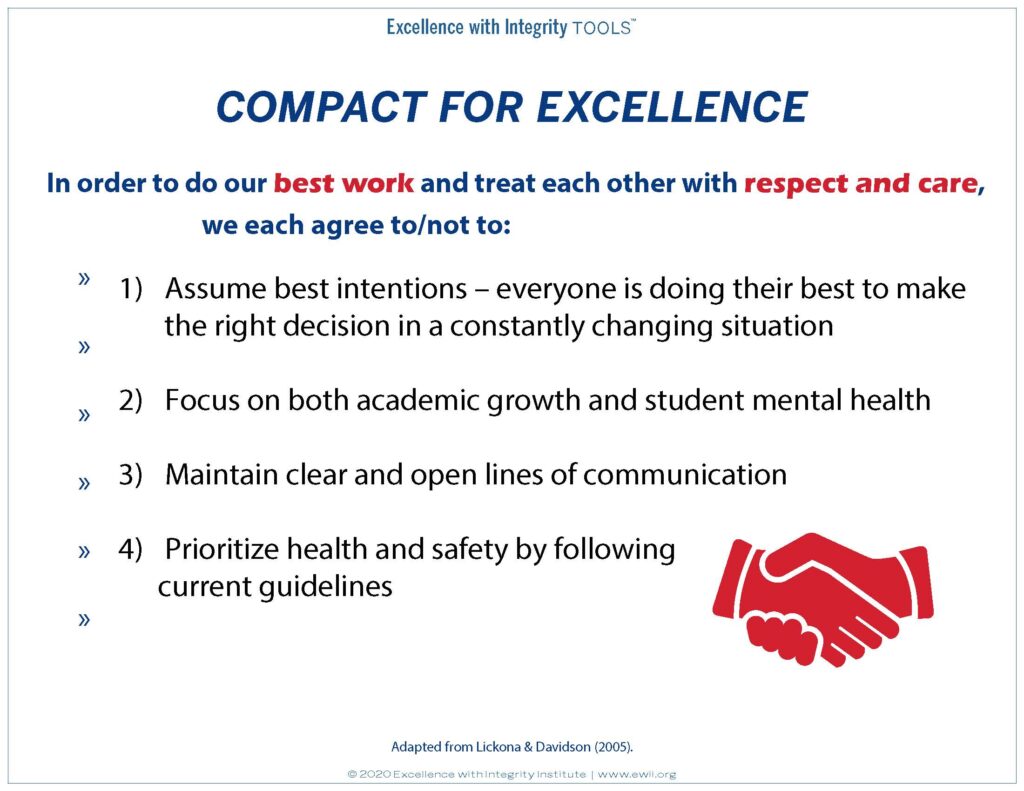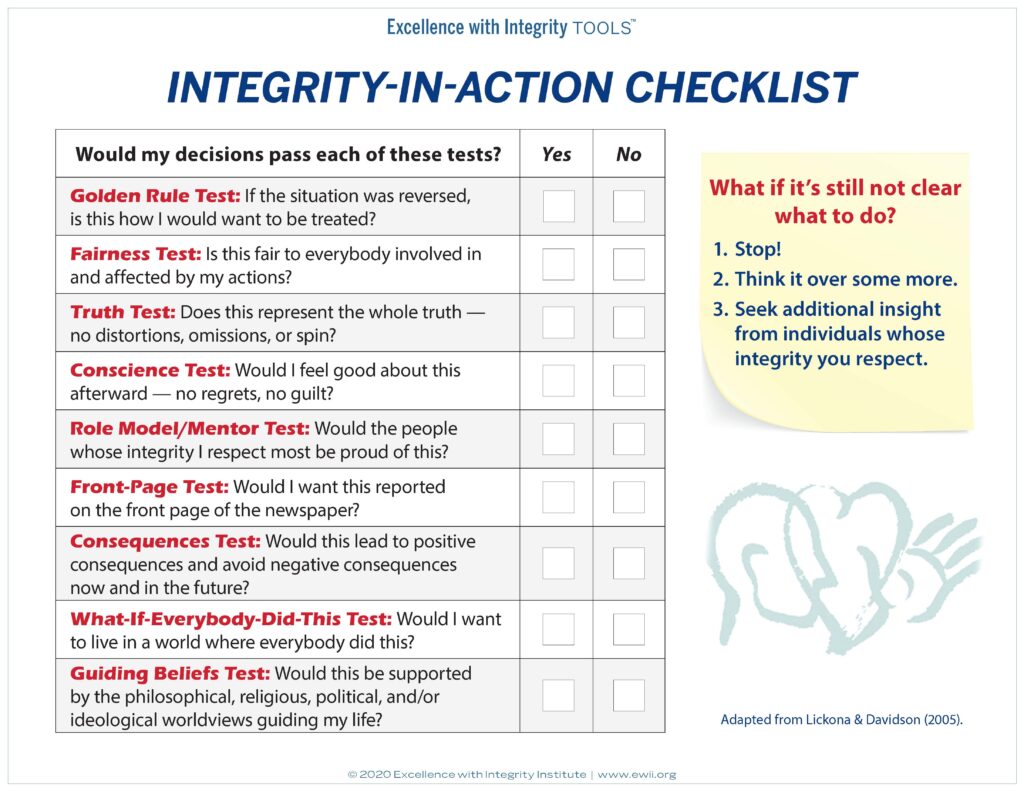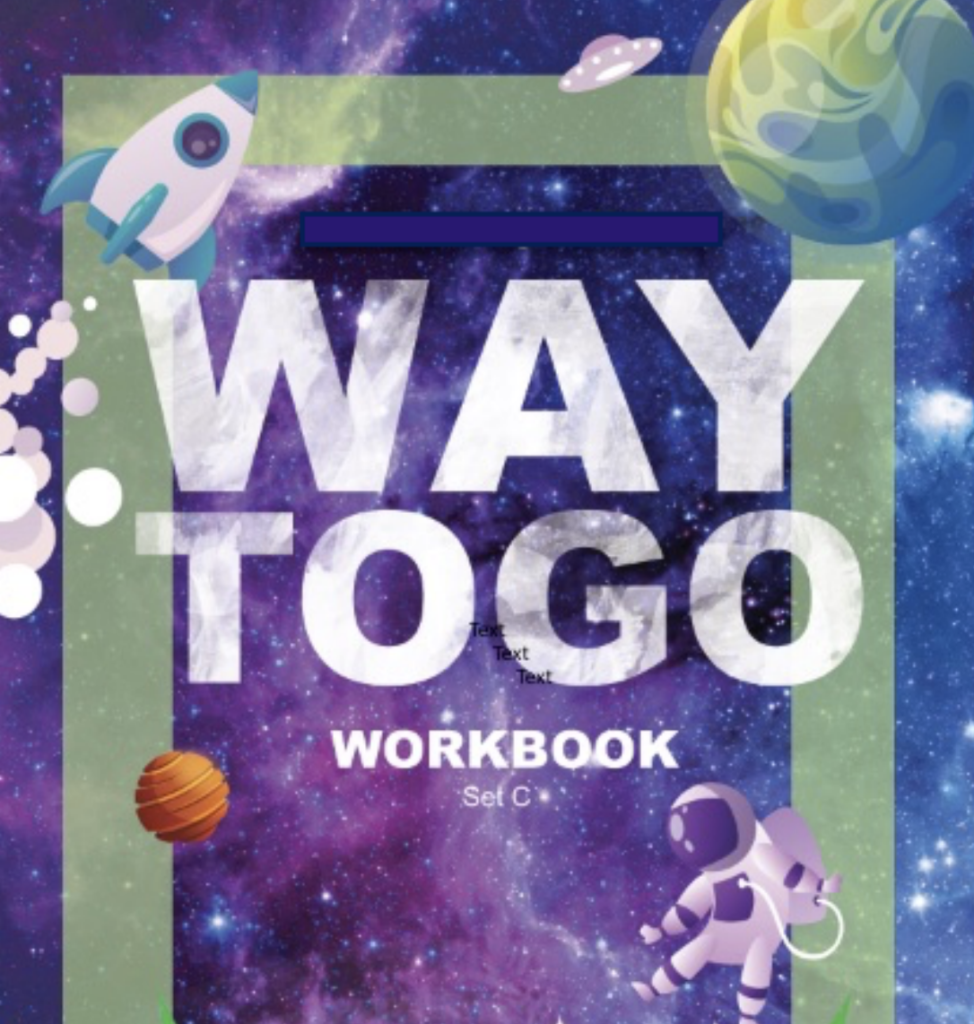Good Stress Versus Distress (Grades 6-12)
Not all stress is bad. Most, if not all of us recognize this simple fact, and yet when was the last time you heard anyone say, “I’m stressed” with a smile on their face or joy in their heart?
The reality is, stress exists on a continuum, from good stress to distress. Good stress is the stress that challenges you, motivates you, perhaps even helps you focus. Teachers put their students through good stress every day by asking them to take an more challenging math problems, tackle difficult texts, and attempt new skills. Good stress helps us grow and develop as human beings.
However, there comes a point on the continuum when good stress becomes distress, when stress stops being motivating and instead becomes overwhelming. It’s important for each of us to be aware of our stress at any given moment so that we know if we are being challenged (good stress) or overcome (distress).
It’s also important for us to be aware of stress of others so that we can continue to support and challenge them as needed. But, recognizing if other’s are in a state of good stress or distress can be challenging. Not everyone wears their stress publicly. To help others think about their stress, and gain an awareness of their stress, draw the Good Stress-Distress continuum (see below) on whiteboard or sheet of paper. Ask your students, athletes, kids, or colleagues to put an X on the curve indicating their current stress level. They don’t need to explain why they are feeling that good stress or distress – this activity is simply about awareness. However, as a team leader, educator, coach, or parent, you can use your knowledge of others stress to push them further (good stress) or provide support if they are in distress.
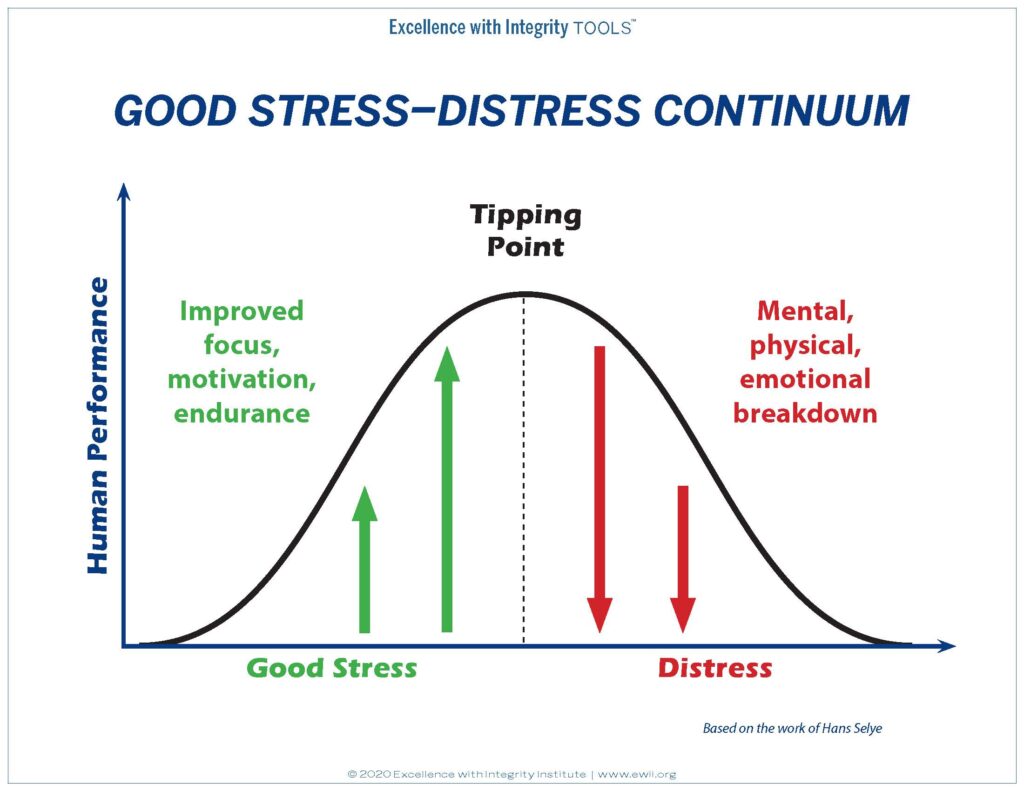
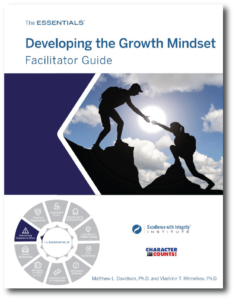
Download a PDF of the continuum.
This activity is one of several extension activities in the Growth Mindset module of The ESSENTIALS, a new resource for middle and high school students. The ESSENTIALS modules draw upon nearly 25 years of applied research and development in various K-16 education settings, the workplace, and diverse athletic environments. Each module is a blueprint of research-based best practices for developing an essential character and culture skill needed for success in school, work, and beyond. Click here to order The ESSENTIALS for your students.
